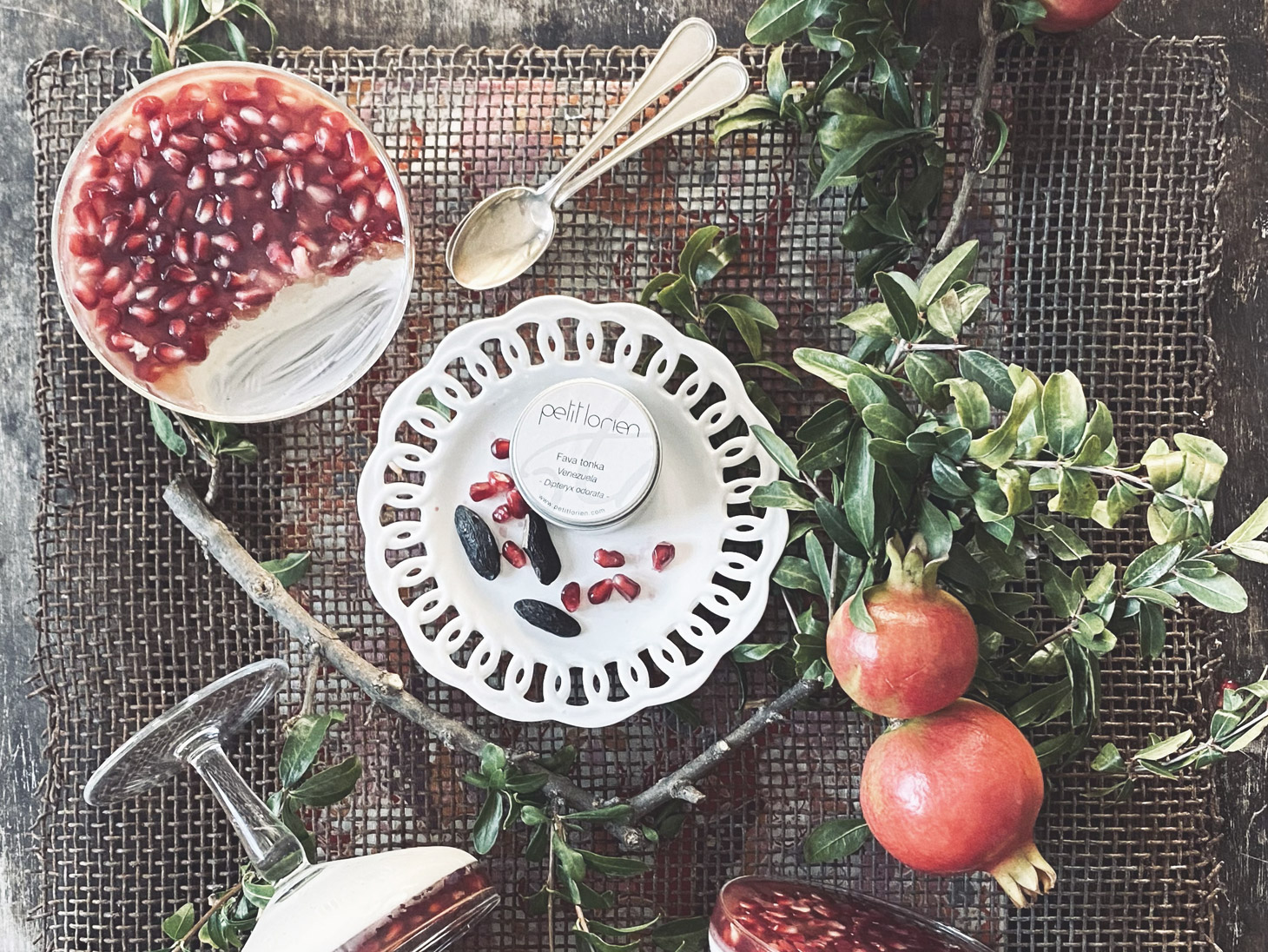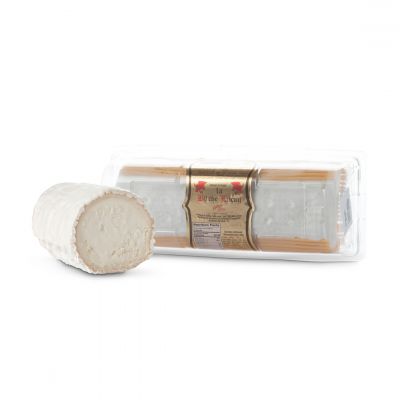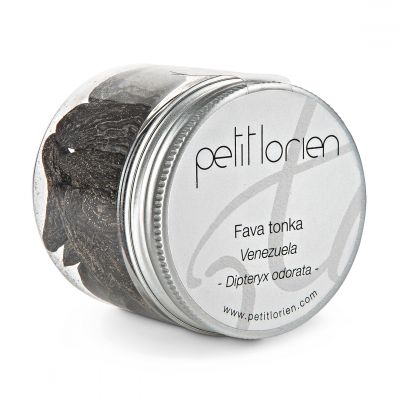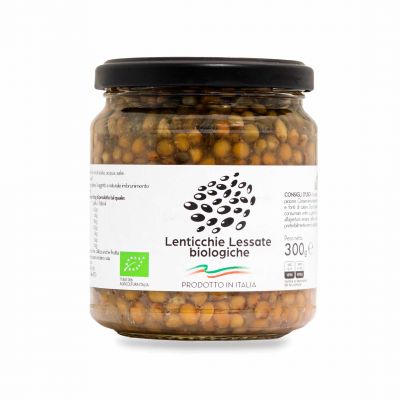As Federico Garcia Lorca wrote: “It is the fragrant pomegranate / a crystallized sky / each grain is a star / each veil is a sunset”
⏱ 4 MINUTES READING
A SHORT HISTORY
“The pomegranate with beautiful vermilion flowers” as Giosuè Carducci wrote, is a fruit with very remote origins geolocated in the East.
More accurate studies take us to the countries of Asia, but it is debated whether it is the Far East (China) or the Middle East (Persia). This last area seems to be the most accredited: the plant would have spread from here to the Caucasus and Asia Minor, from where it would have come to the Phoenicians who attributed it a double meaning: religious and curative.
It would then have landed in the Greek and Roman civilizations which, however, did not consider it to come from Asia, but from northern Africa, hence its Latin name malum punicum which recalled the ancient Carthage, a name given by Pliny and that Linnaeus changed to punic granatum.
We find the fruit in the Old Testament, as a symbol of the fertility and prosperity of the Promised Land. Even Eve, at the suggestion of the snake, offered it to Adam: they weren’t in the Val di Non!
A MIRACULOUS FRUIT
There are many archaic myths surrounding this fruit that would have been born from the blood of Dionysus and numerous narratives that claimed it was miraculous.
The pomegranate is known as the fruit of medicine. Every part of the plant (roots, bark, flowers, leaves) is used in Ayurveda medicine. The numerous beneficial properties attributed by popular tradition to pomegranate are confirmed by official medicine, which has identified interesting therapeutic potential: the presence of precious antioxidant agents, such as polyphenols, tannins and anthocyanins, favors the general health of our body.
The tannins present in the juice of this fruit have astringent and diuretic properties, the excellent content of vitamins A, B and C makes it a good anti-inflammatory and also a valuable aid in destroying various intestinal parasites. It has high therapeutic and anticancer properties, because it is rich in flavonoids, antioxidants that are quite powerful in fighting the harmful action of free radicals. Panacea for cardiovascular health: reduces the risk of arteriosclerosis, lowers systolic blood pressure, decreases bad cholesterol.
Its juice also has positive effects in the prevention of Alzheimer’s disease, thanks to vitam in B and finally has an antioxidant content three times higher than that of red wine or green tea and provides up to 100% of the recommended intake levels of folic acid.
COOKING WITH POMEGRANATE
Let’s start by saying that it is a “female” fruit: the Greeks dedicated it to Hera, Zeus’ wife and the Romans to Juno: a sort of insurance for the long life of the marriage. It is also a Marian symbol as it symbolizes the beauty of the Virgin Mary and her numerous virtues: one for each grain which, according to the Jewish tradition, are 613.
This tradition teaches us that the pomegranate is a symbol for justice, as the 613 seeds correspond to the 613 commandments of the Torah: it cannot be missing in the table of Rosh Hashana, the Jewish New Year.
But how to use it? Carve the “crown” of the fruit and remove it: in the space created, forcefully open the fruit in half and, inside a bowl or in the sink, shell the beans, removing the thick skin that protects them. Cover with water and you will easily remove the white and bitter skin that covers them.
And don’t dress in white! The juice colors and stains. Both the seeds and the juice can be stored in the freezer so that they are always available to enrich and garnish salads and desserts all year round, as well as meats, such as pork. In Palestinian cuisine, pomegranate molasses is used a lot: a sweet and sour taste to enrich many dishes.
Anna Maria Pellegrino
Chef and Foodblogger
Preparing this month’s menu we will take a journey into Middle Eastern gastronomy where the pomegranate is known and used, not only as a choreographic element. We will then move on to Piedmont, for a dessert that was served up so much in the 1980s that we got bored with it: panna cotta, which in reality still has a lot to tell (if prepared with quality ingredients). You will have a short recipe book on hand for making a light brunch for a little lazy Sunday or for a standing up dinner (without going crazy).
LENTILS STEW, WITH AUBERGINES AND POMEGRANATE
This vegetarian dish tells us about the colours and flavours of Palestine, highlighting the pomegranate molasses which, like that of dates and figs, is never lacking in Middle Eastern cuisines: essential to create a delicate and not cloying sweet and sour taste. The combination with Apollo rice gives back a complete, light and “ramman” (with pomegranate) dish.
SERVES 4 people
COURSE: main course, one-plate meal
LEVEL: minimum
PREPARATION TIME: 20 minutes
COOKING TIME: 30 minutes
INGREDIENTS
200 g boiled lentils by DelSanto
500 g diced aubergines
80 ml molasses
1 orange, the juice
1 spoon of parsley leaves
1 spoon of mint leaves
extra virgin olive oil
salt flakes and black pepper freshly grounded
spices: cumin and coriander, to taste
pomegranates grains for the service
200 g steamed Apollo rice
FOR THE MOLASSES:
600 ml pomegranate juice
100 g sugar
50 ml lemon juice
METHOD
Prepare the molasses: pour all the ingredients into a saucepan and, stirring, bring to a boil. Continue cooking for an hour on low heat, then transfer the syrupy liquid to a glass jar and store it in the refrigerator.
Wash and clean the aubergines, cut them in half lengthwise and dice them, without peeling them. In a saucepan pour three tablespoons of extra virgin olive oil, brown the cubes and continue cooking by adding the orange juice and molasses.
After 15-20‘ add the drained lentils, spices, season with salt and pepper and continue cooking for another 5’. Meanwhile, boil the rice, or steam it, and season it with a tablespoon of extra virgin olive oil.
Chop the fresh parsley and mint. Serve in individual bowls, distributing the rice first, then the aubergine and lentil stew and finish by decorating with a drizzle of oil, the pomegranate grains and the chopped parsley and mint.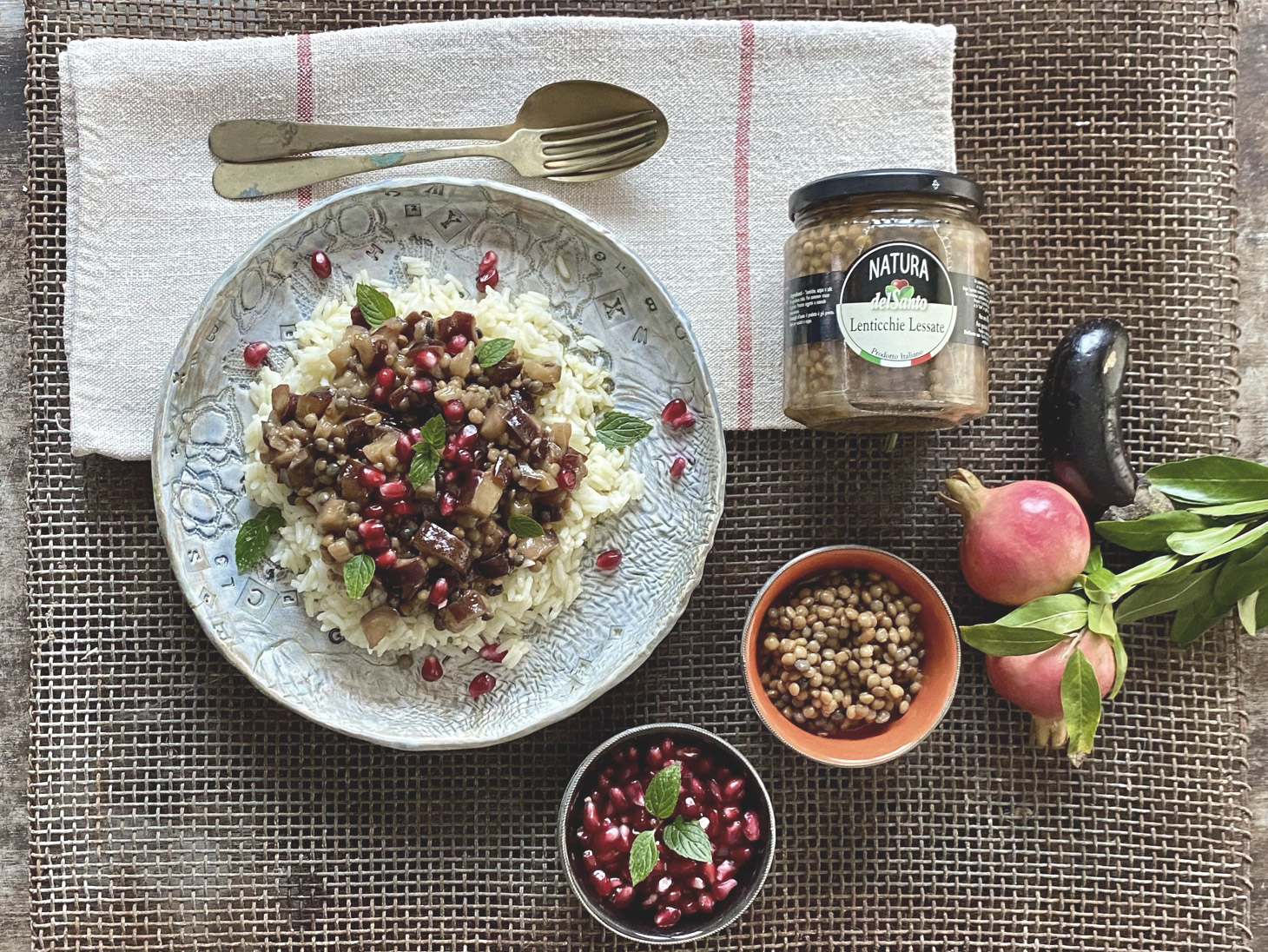
LIKE HALLOUMI
In Cyprus, Halloumi is a cheese that is served grilled and accompanied with vegetables and fruit. With the Chevre Buche de Lucay, a goat cheese with a bloomy rind, I will take you to France and finally settle down by the Mediterranean shore: the softness of the cheese, the elegant tartness of orange, the comforting sweetness of fresh date and the crunchiness of pomegranate seeds (which are very rich in Omega3). A journey into taste!
SERVES 4 people
COURSE: main course
LEVEL: minimum
PREPARATION TIME: 20 minutes
COOKING TIME: 10 minutes
INGREDIENTS
300 g di Chevre Buche de Lucay
50 g fresh and soft dates
2 oranges
2 spoons of pomegranate grains
1 tea spoon of Mix of Provence Herbs
1 tea spoon of pomegranate molasses
extra virgin olive oil
salt in flakes
black pepper freshly grounded
FOR THE MOLASSES:
600 ml pomegranate juice
100 g sugar
50 ml lemon juice
METHOD
Prepare the molasses: Pour all the ingredients into a saucepan and, stirring, bring to a boil. Continue cooking for an hour on low heat, then transfer the syrupy liquid into a glass jar, place it in the refrigerator (Remember that for this recipe you will need a spoon, the rest you can keep for two months in the refrigerator).
Obtain 1 cm slices from the cheese. Peel the orange and set the juice aside.
In a bowl, mix the molasses, orange juice, extra virgin olive oil, salt and freshly ground black pepper and aromatic herbs: you will get a very fragrant citronette.
In a non-stick pan cook the cheese for a few seconds, so as to brown it slightly and not melt it.
Serve on the plate with the orange slices and season everything with the citronette. Serve with date slices, pomegranate seeds and sheets of bread or carasau bread.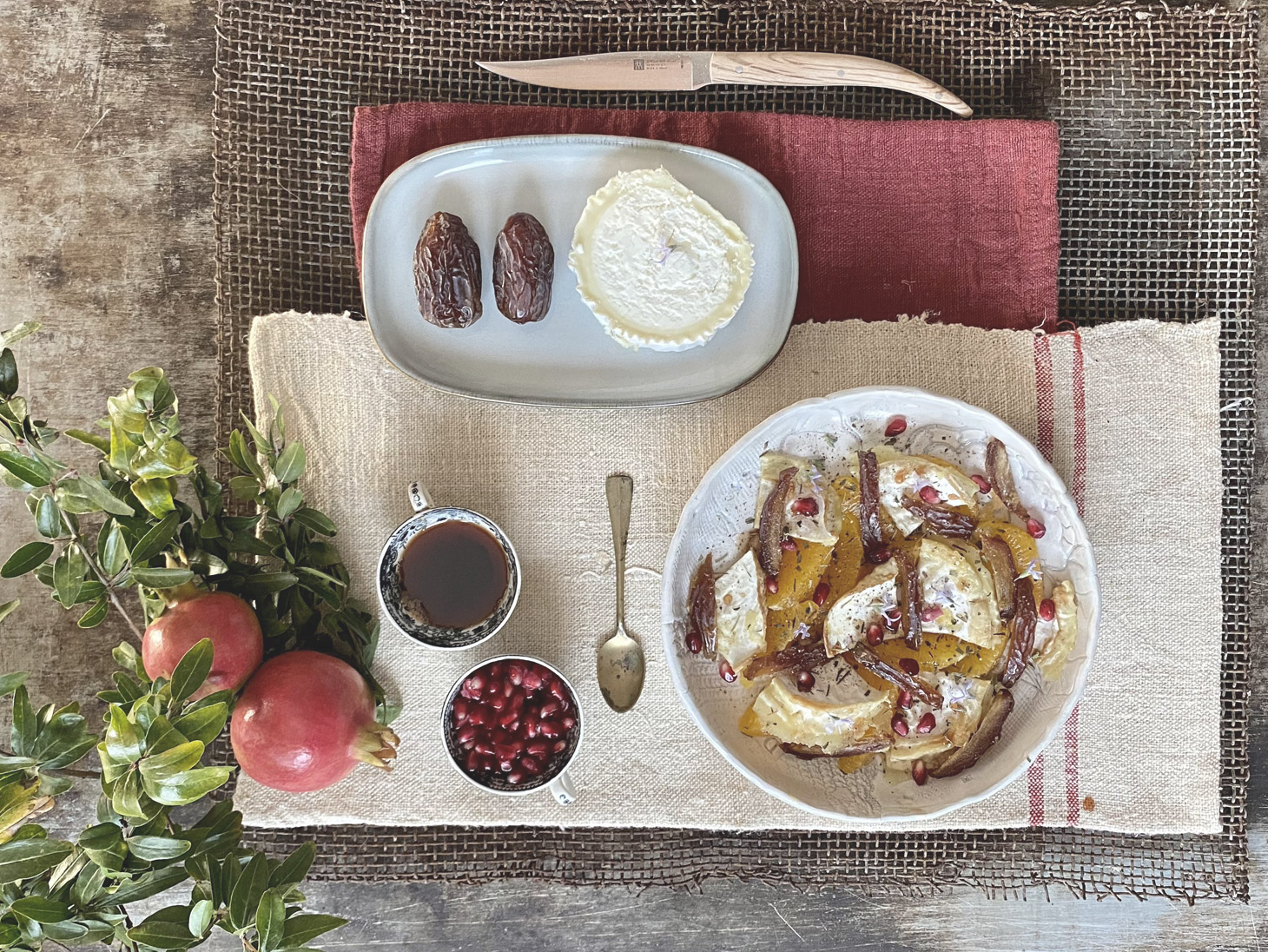
PANNA COTTA WITH POMEGRANATE
A return to the 80s, even if in Piedmont panna cotta has been a dessert that has been served since the end of the 19th century (like its noble cousin, the Blanc manger). No vanilla but a different aromatic world thanks to the presence of Tonka Bean, adored by pastry chefs and also used in perfumery. Tonka bean is less sweet than vanilla, much more complex and has a sweet but spicy soul that translates into an almond flavour with notes of caramel in the mouth. It will go hand in hand with the sourness of pomegranate jelly!
SERVES 4 people
COURSE: dessert
LEVEL: minimum
PREPARATION TIME: 40 minutes + resting time
COOKING TIME: 5 minutes
INGREDIENTS
FOR PANNA COTTA:
350 ml panna Dobbiaco
150 ml whole milk
tonka bean
4 spoons acacia honey
4 g isinglass
FOR THE JELLY:
250 ml pomegranate juice
1 spoon acacia honey
2 g isinglass
a few spoons of pomegranate grains for the service
METHOD
Soak the isinglass for the panna cotta in cold water in a bowl, and the isinglass for the jelly in another separate bowl, so as to soften it.
In a saucepan, bring the cream, milk and honey to the boil, add the isinglass and perfume with plenty of ground tonka bean, pass through a sieve and distribute in four individual glasses. Transfer to the fridge.
In the meantime, peel, shell, blend and strain the pomegranate to obtain 250 ml of juice, sweeten with honey, heat slightly, add and dissolve the remaining isinglass, pass through the colander, add a couple of tablespoons of seeds of pomegranate and distribute on the glasses, over the hardened cream.
Transfer back to the refrigerator for an hour and serve the panna cotta very fresh.